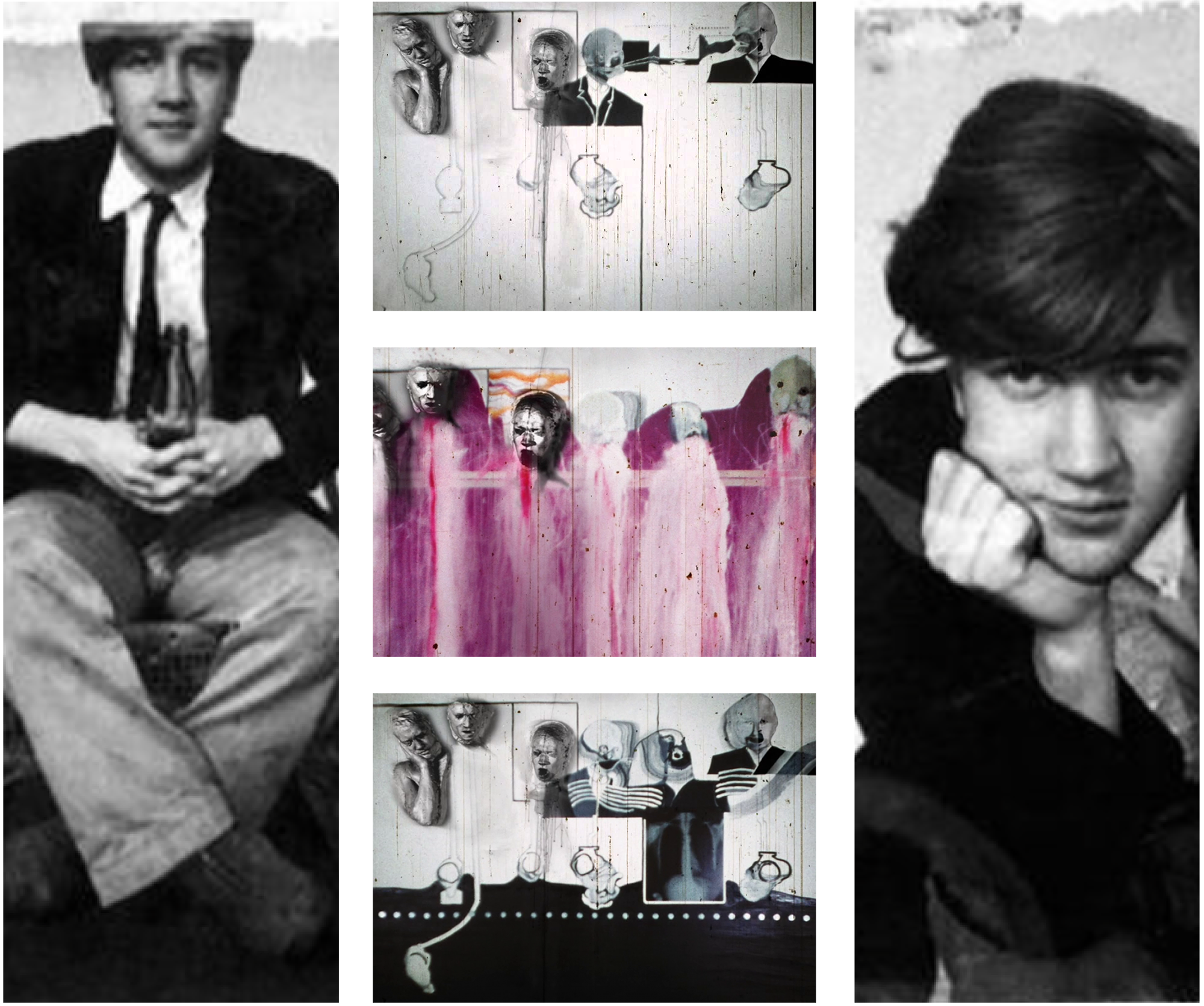
David Lynch’s nightmare in the middle of a black and white day
Before his feature debut, David Lynch developed his unique style at the Pennsylvania Academy. Although studies were not easy, the short films he made during the course still remain a crucial introduction to the director's work. Later, the American Film Institute funded two more films by Lynch, which explore his favourite topics of violence, corporeality, and dreams.
The four-episode series were later released on DVD in the USA in 2022, and now they are available at KISFF.
The films are screened in OV with Ukrainian and English subtitles
Trigger and content warnings: Air raid sounds
Screening duration: 52 min
16 November / 19:00 / Zhovten Cinema, Hegemon hall
Konstantinovskaya St, 26
20 November / 19:00 / Zhovten Cinema, Hegemon hall
Konstantinovskaya St, 26
Six Men Getting Sick, 1967
Lynch's film is a reflection on the illness of six people whose stomachs fill with blood one by one, and then they vomit... six times since the same one-minute image runs in a continuous loop six times. This mixture of shots is accompanied by either ambulance sirens, which seem to be on the way, or air raid alerts (in Ukraine, this context will be noticed).
The film was created on a budget of $200, which was considered a lot of money at the time. The director himself described it as "Fifty-seven seconds of growth and fire, and three seconds of vomit". Regarding senses, the director began to have stomach problems in university due to coffee and cigarette abuse. This is probably a kind of visualization of his internal pain.
The Alphabet, 1968
After his debut, David was offered $1,000 to make his next film, $450 of that he spent on a camera for The Alphabet. Lynch lost the footage but agreed to use the rest of the money to produce it himself. He painted the walls of his living room black and his wife Peggy's face white for better contrast.
For the soundtrack, David recorded the sound of his daughter Jennifer crying. So the whole Lynch family worked on the film. There is a legend that the idea for the film came from the story of Peggy Lynch's niece, who had a bad dream one night and was saying the alphabet in her sleep in a tormented way.
The story revolves around a boy who escapes neglect and abuse from his parents to his grandmother who can give him unconditional love. American Film Institute agreed to help finance the work, initially offering him $5,000 out of his requested budget of $7,119, which turned out to be insufficient to finish the film.
Lynch showed the footage to an employee of the Institute, who decided to grant him the additional money. During the filming, David met a sound designer Alan Splet, with whom they would continue to work together until Blue Velvet. Lynch and Splet took sixty-three days working on The Grandmother and recording the necessary sound effects.
The Grandmother, 1970
The Amputee, 1973
The lead role was played by Catherine Coulson, who would later appear as the iconic woman with the log in the Twin Peaks series. The nurse who changes the bandages was played by Lynch himself. This is the first appearance of the director in the frame, which will later become a significant element in his films.
While Lynch had some time after the limbo of Eraserhead, he offered his cameraman Frederick Elmes to make two same film The Amputee instead of testing two different types of film stock.
Text: Yuriy Samusenko






